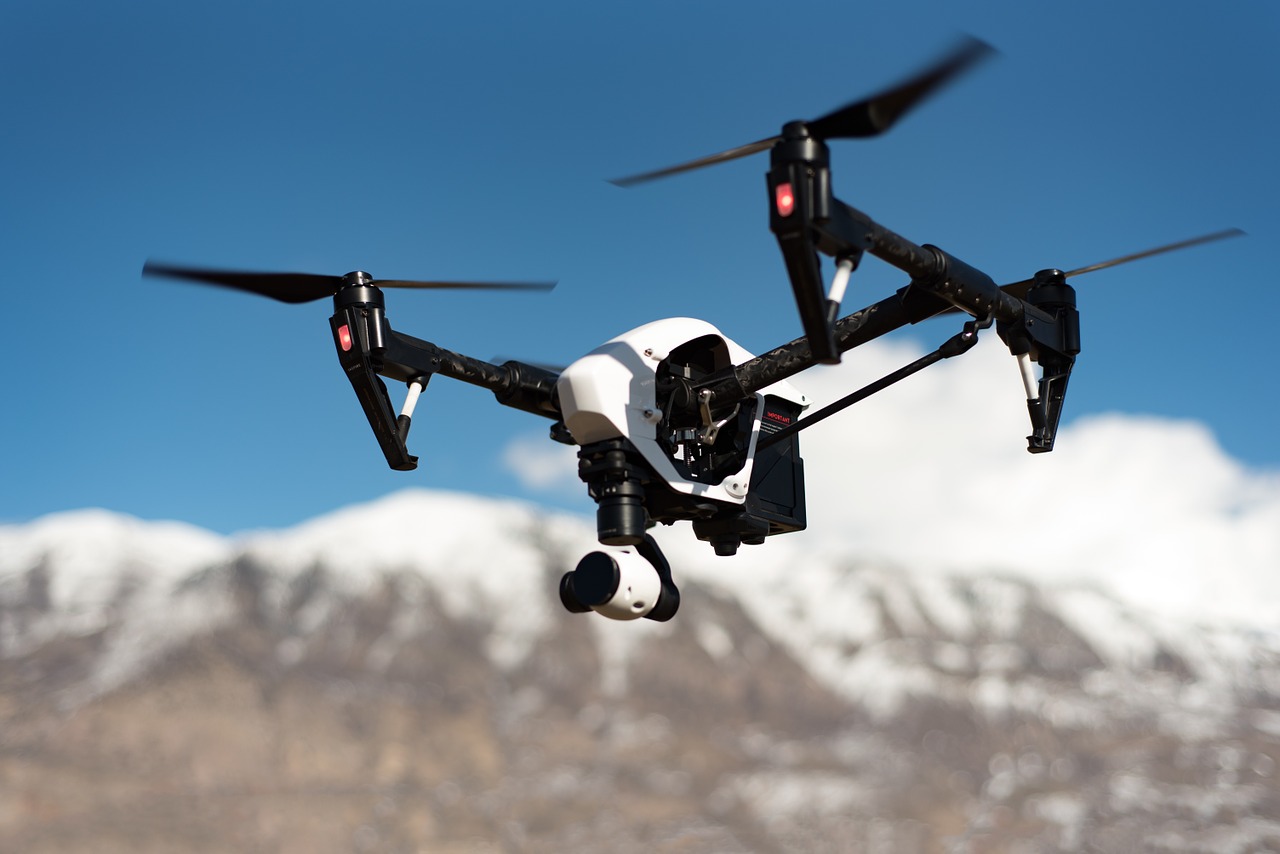A group of researchers has recently developed a new software aimed at the analysis of energy generation systems based on kites and drones. They used the software to study the behavior of these systems while transforming the kinetic energy of the wind into useful electrical energy.
Airborne Wind Energy Systems (AWES) are a new kind of technology to harvest wind energy. The expensive and heavy tower and rotor of a conventional wind turbine are here substituted by a light tether and an aircraft (flexible giant kites or large drones), respectively. AWES present low installation and material costs and operate at high altitude (over 500 metres) where winds are more intense and less intermittent. They also present a low visual impact and their easier transportation make them suitable for producing energy in remote and difficult access areas.
“AWES are disruptive technologies that operate at high altitudes and generate electrical energy,” explains Gonzalo Sánchez Arriaga, Ramón y Cajal research fellow at the department of Bioengineering and Aerospace Engineering at the UC3M. “They combine well-known disciplines from electrical engineering and aeronautics, such as the design of electric machines, aeroelasticity and control, with novel and non-conventional disciplines related to drones and tether dynamics,” he adds.
Within this framework, the UC3M researchers have presented a novel flight simulator for AWES in a scientific article recently published in Applied Mathematical Modelling. “The simulator can be used to study the behaviour of AWES, optimise their design and find the trajectories maximizing the generation of energy,” explains Mr. Ricardo Borobia Moreno, aerospace engineer from the Flight Mechanics Area at the Spanish National Institute of Aerospace Technology (INTA) and studying a PhD in the department of Bioengineering and Aerospace Engineering at UC3M. The software, owned by UC3M, is registered and can be freely downloaded and used for research purposes by other groups.
Research activities and the creation of new companies related to the generation of energy at high altitudes, that is to say, at over 500 metres, by using kites and drones have grown significantly in the last few years due to the financial support from the European Commission and private companies such as Google, among others.






